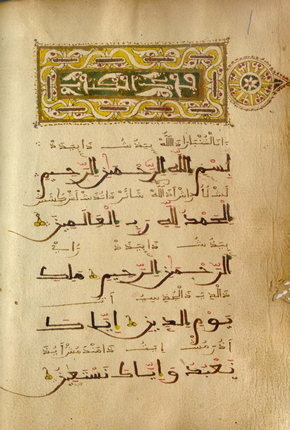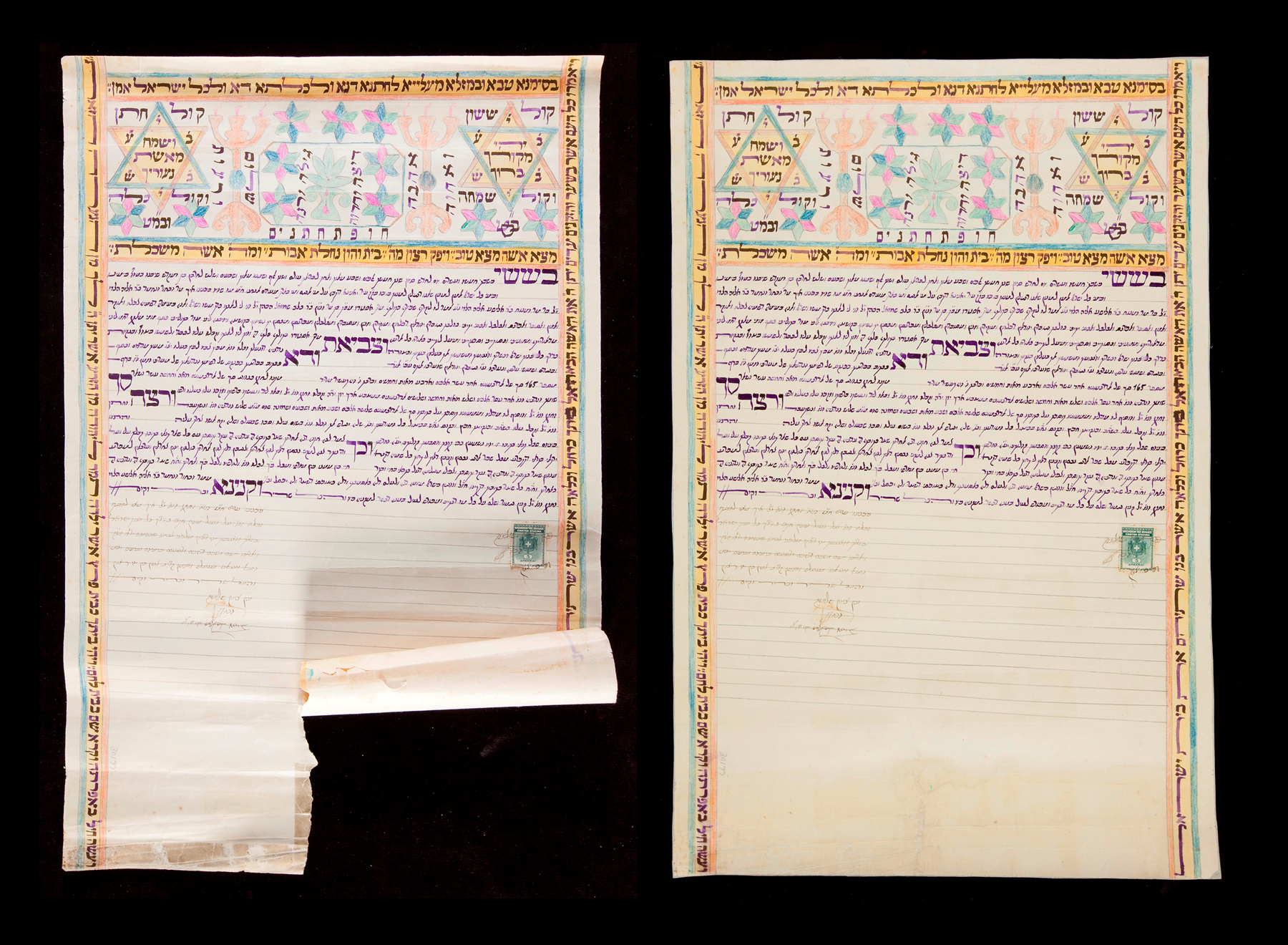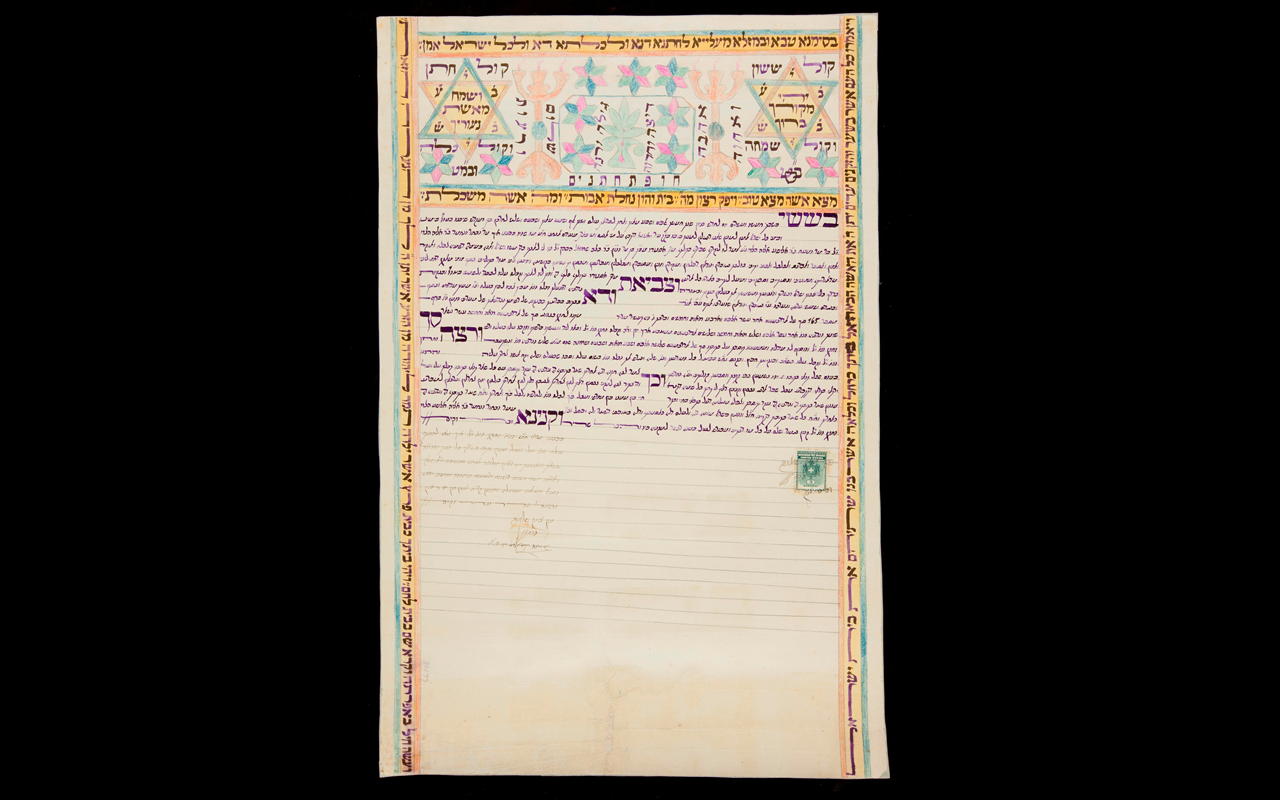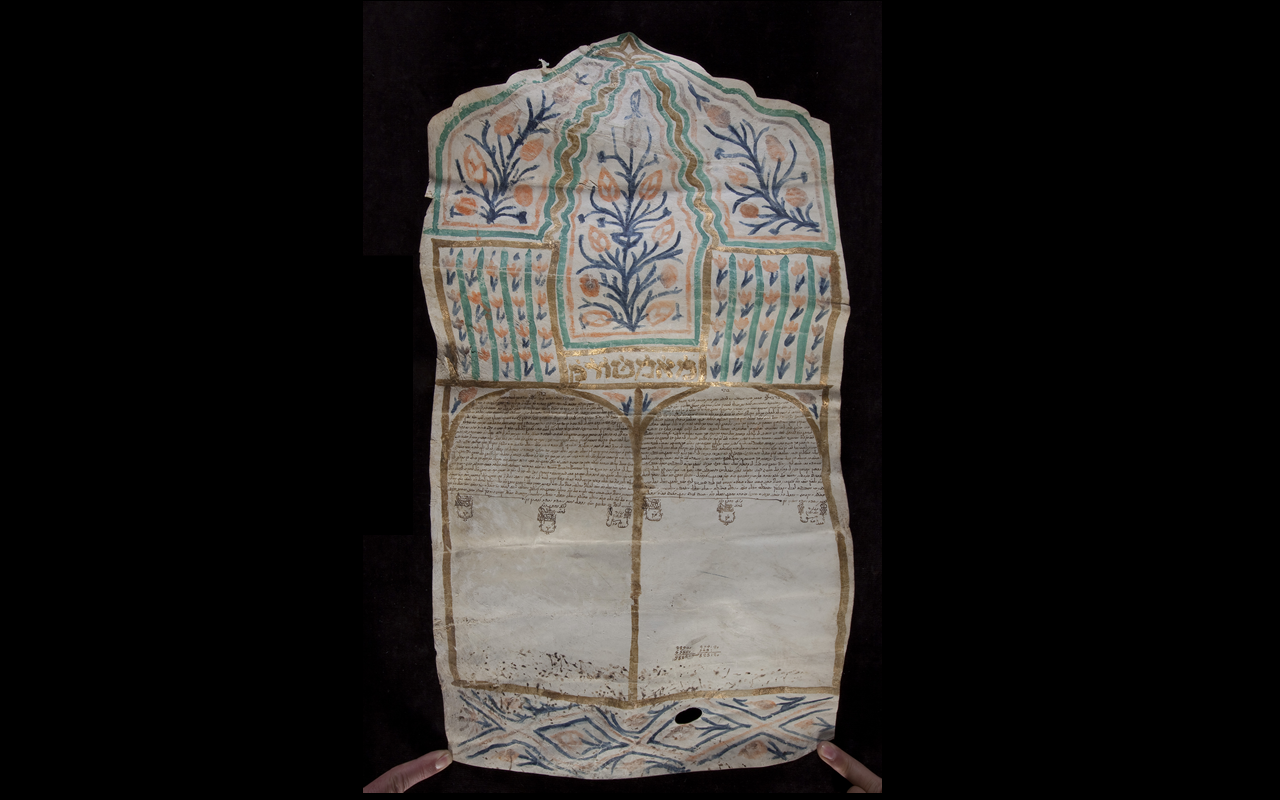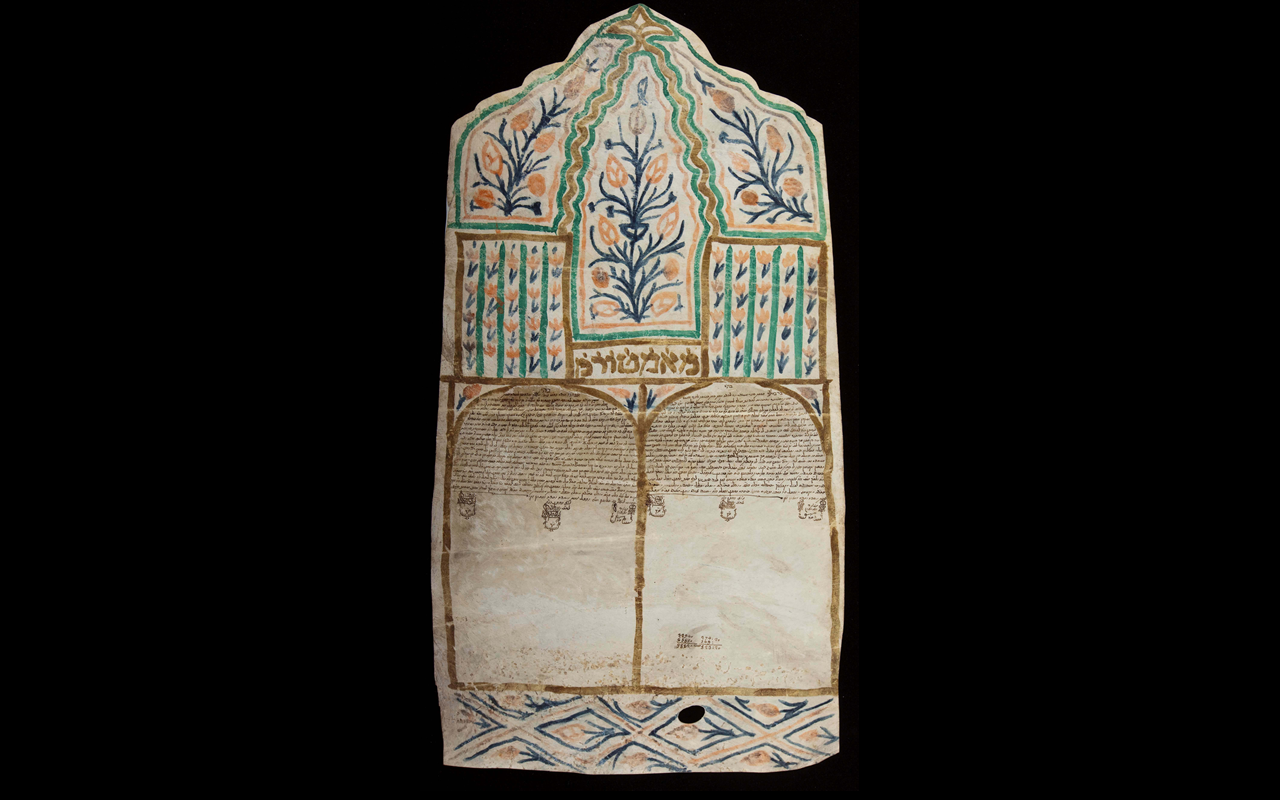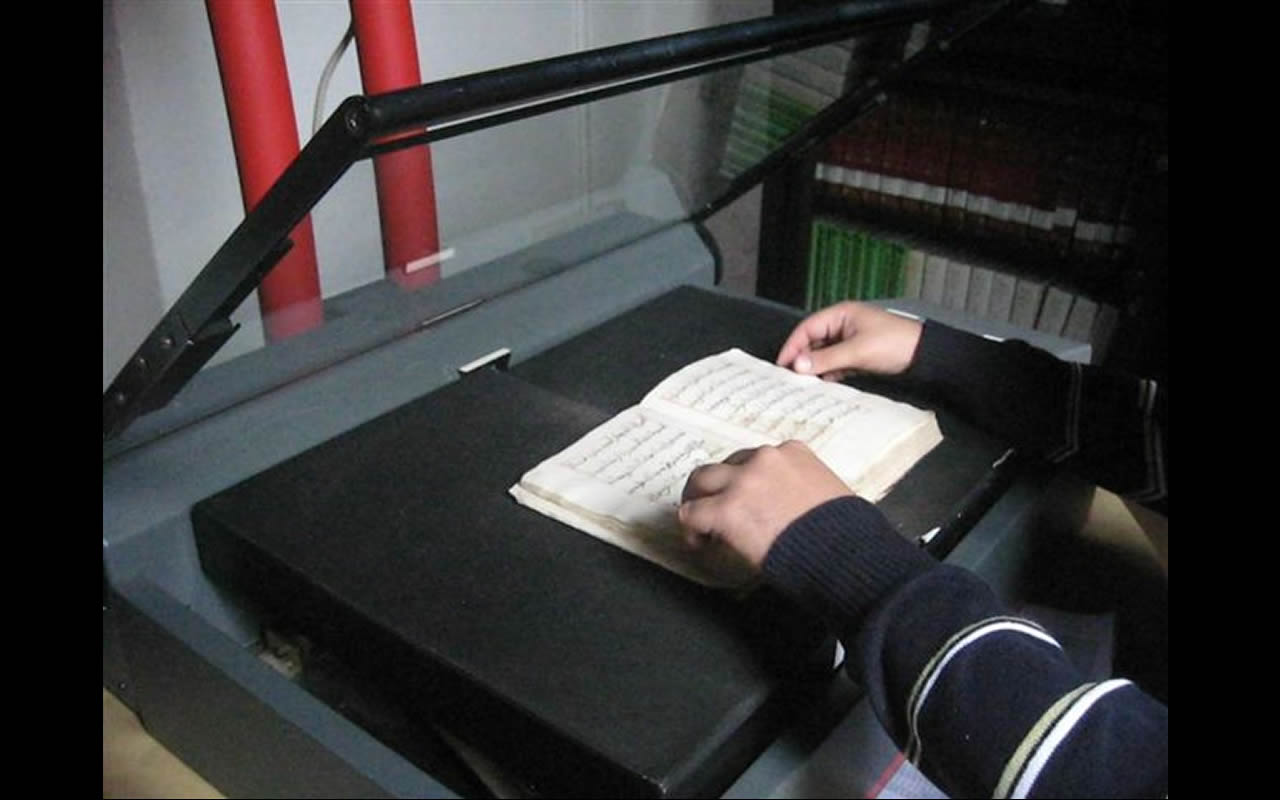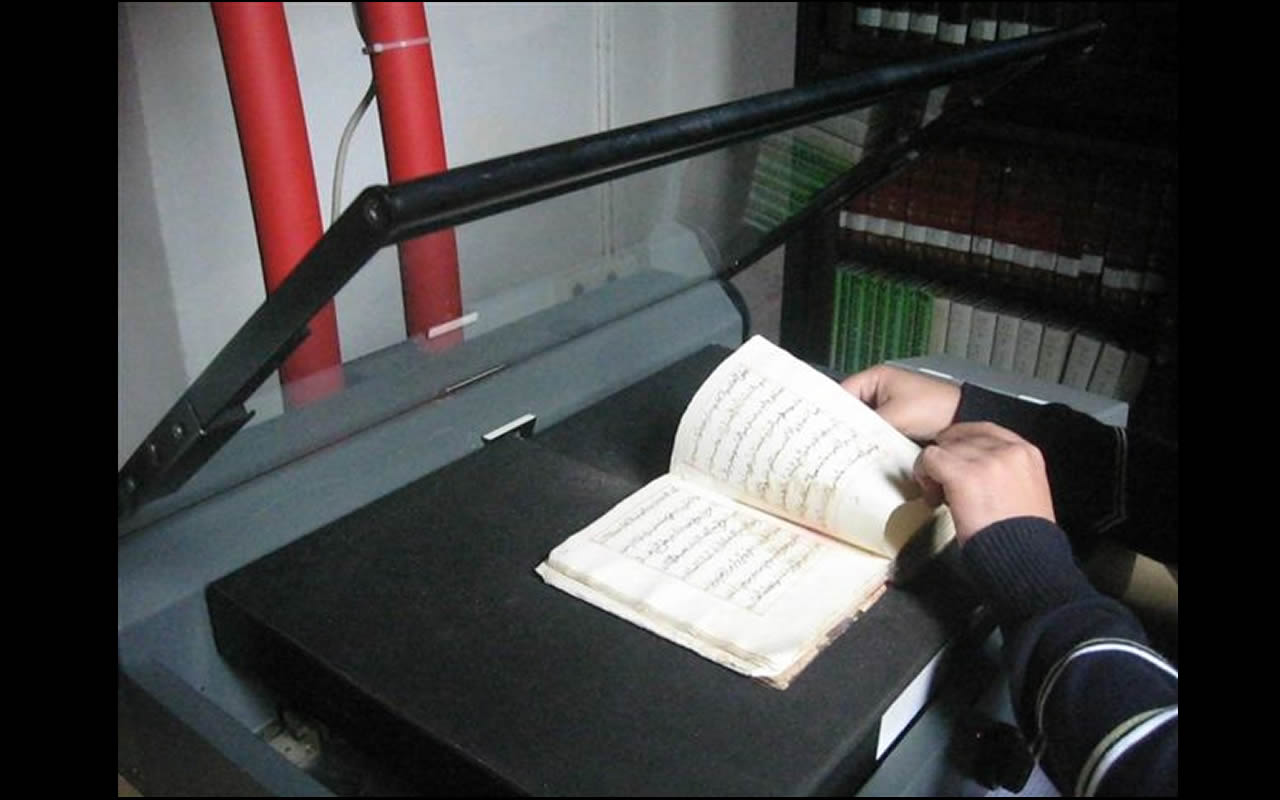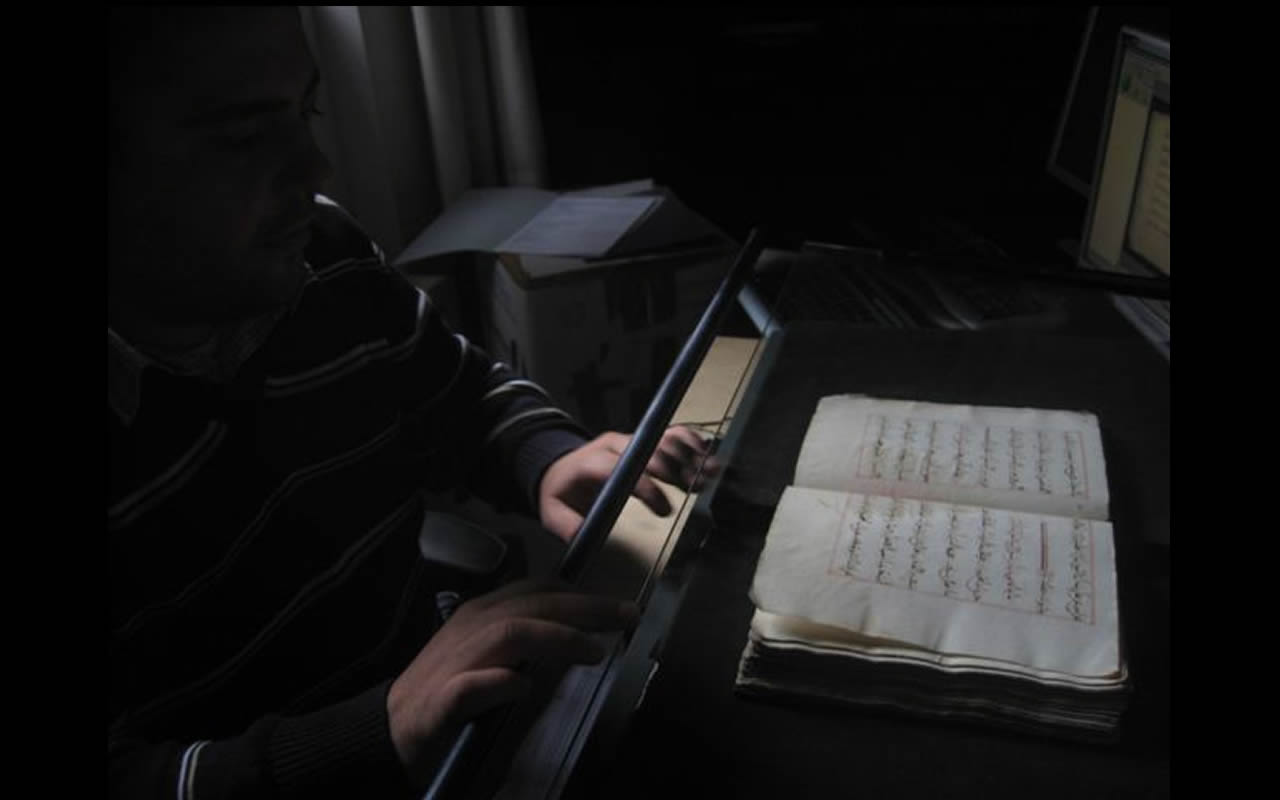Since 2009, the Unit of Information Resources for Research has been promoting a digitalization policy for the CSIC Library Network, in an attempt to implement uniform technical criteria and standards in order to improve co-operation with national and international institutions and projects.
For this purpose, a set of documents was drawn up to support the creation and development of a common methodology for all libraries in the network.
At the start of 2010, the Master Plan for the Digitalization of CSIC Resources was outlined to consolidate the digitalization policy for CSIC heritage resources. This marked the beginning of the institution's digitalization plan.
Following the line of action then laid out, the first steps were taken towards digitalizing the Arabic, Hebrew, Persian and Turkish manuscripts now included in the Manuscript@CSIC Project.
Digitalizating this material has been an especially challenging task, due the typology of the material, its state of preservation, and the very limited cataloging of the resources.
In the first stage, specialists and researchers examined the material, taking care to identify the following:
- Documents in very poor condition not suitable for being digitalized.
- Documents that could only partially be digitalized. In many cases the beginnings and ends of the works were much more highly damaged than their central sections.
- Loose leaves and/or documents inside the manuscripts.
- Poorly bound or incorrectly inserted sheets.
- Undetected factitious elements.
- Láminas o dibujos de más tamaño.
- Larger prints or drawings, and uncatalogued documents (loose leaves).
Finally, for digitalization purposes, all the documents had to be precatalogued/catalogued and studied in order to reduce the number of unexpected incidents once the scanning process had begun.
In addition to all this, a timetable was devised to provide a daily control of the scanning process.
Digitalization was carried out at CSIC premises in Madrid and Granada. A librarian was appointed at each site to supervise the movement of manuscripts and the up-dating and maintenance of the digitalization table, and to record any problems arising and matters remaining unresolved. Technically, it was decided to make the masters in Tiff format in color, with a resolution of 600 ppp, on a Zeutschel scanner. The files are one-sided for their preservation and bear the name of the image embedded in the Tiff header tags.
Subsequently, jpg images of low resolution but verified legibility, were generated to be placed on the website and pdfs in color for downloading.
Due to the large size of the master images, it was difficult to create pdf files. However, it was eventually possible to make most files smaller than 50 Mb sufficiently legible, apart from a few with sections which were difficult to read owing to defects in the original manuscript.
A METS metadata file was also created for each bibliographic record. In addition to the standard MIX for the technical part of the image, this profile also includes a selection of PREMIS standard fields and a structural map on the page. For the generation of metadata files, the digitalizing company was provided with the bibliographic records in Marcxml format, which were added to the descriptive section of the file.
The metadata are generated according to the "CSIC METS Profile for monographs v. 1.2".
Digitalization produced 42,171 Tiff files corresponding to 3,200 GB.
